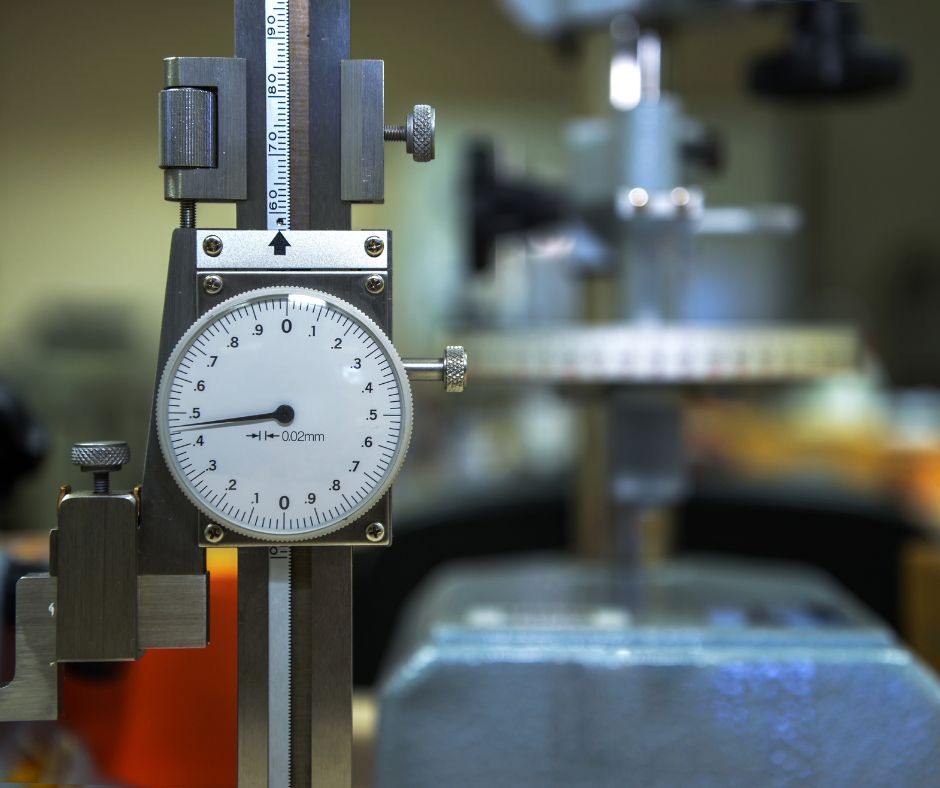How to Prepare for Calibration Services
When it comes to ensuring the accuracy and reliability of your instruments, calibration is a critical service. Whether you’re in manufacturing, healthcare, aerospace, or any other industry where precise measurements are crucial, preparing for a calibration service is nearly as important as the service itself. A well-prepared calibration can significantly improve the efficiency and effectiveness of the process. Here’s a brief checklist to help you prepare for your upcoming calibration service, ensuring a smooth and successful experience:
- Take inventory. Start by identifying all the instruments that require calibration and create a detailed inventory list including the make, model, serial number, and current calibration status of each instrument. It may also be helpful to review the calibration history for each instrument, making note of any issues or deviations found in previous calibrations to highlight them to the service provider.
- Prepare documentation. Ensure that all necessary documentation, such as previous calibration certificates, manuals, and any specific calibration procedures are readily available.
- Specify calibration standards. Determine the specific standards or regulatory requirements that your instruments must meet, including any industry-specific standards or precision levels required for your operations. Being able to communicate these requirements to your calibration service provider in advance can help ensure that they’ll be fully prepared to meet your needs.
- Inspect instruments. Conduct a physical inspection of each instrument for any visible damage or wear that could affect calibration accuracy, and address any issues before the service. In addition, perform a basic functional check to make sure that instruments are operating correctly.
- Control environmental conditions. If you’ll be having an on-site calibration service, be sure that the space where the calibration will be performed meets the required temperature and humidity conditions, and try to schedule the service for a time when disturbances can be minimized. Vibrations, air flows, and even large temperature fluctuations can impact the calibration process. Additionally, make sure that all instruments are easily accessible for the technicians, removing any obstacles that might hinder access to the instruments being calibrated.
- Coordinate with staff. Another helpful step when having an on-site calibration is to inform any relevant staff of the calibration schedule and if applicable, be sure they know their roles in supporting a successful process. Also, assign a knowledgeable point of contact for the calibration team. This person should be able to answer questions about the instruments and facilitate any needs the technicians may have.
- Prepare for post-calibration. Some instruments may not be available for use during calibration. Plan for this downtime to minimize the impact on your operations. For instruments with digital readouts or settings, ensure that you back up any important data before calibration, in case settings need to be restored.
By keeping the above steps in mind, you can help ensure that your calibration service goes smoothly, thereby maintaining the accuracy and reliability of your instruments and supporting the quality and safety of your operations. At Trident Calibration Labs, our experienced technicians are here to guide you through the calibration process, no matter your specific equipment needs. Contact us today to request an estimate!
continue reading
Related Posts
How Regular Calibration Can Minimize Downtime and Improve Efficiency In […]
5 Benefits of Online Asset Management for Calibration and Equipment […]
What Is Calibration Uncertainty and Why Does It Matter? When […]




